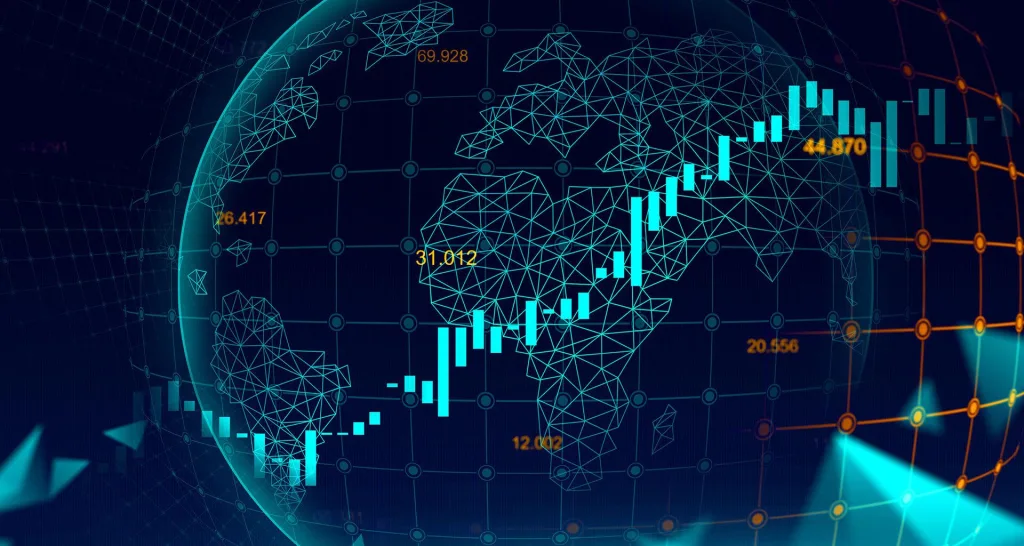China’s Dominance in the International Steel Market: A Comprehensive Explanation

China’s role in the international steel market is both influential and complex. As the world’s largest steel producer and consumer, China’s actions significantly impact global steel prices, trade flows, and industry dynamics. This article provides a thorough explanation of China’s role in the international steel market, covering key aspects such as production capacity, government policies, and global trade influence.
1. Overview of China’s Steel Industry
1. World’s Largest Steel Producer
- Production Scale: China is by far the largest producer of steel globally, accounting for more than half of the world’s total steel output. In 2023, China’s steel production exceeded 1 billion metric tons, underscoring its dominance in the industry.
- Massive Consumption: Not only is China the largest producer, but it is also the largest consumer of steel. The country’s rapid industrialization, urbanization, and infrastructure development drive significant demand for steel products.
2. Industry Structure
- State-Owned Enterprises: A substantial portion of China’s steel production is controlled by state-owned enterprises (SOEs), which are often guided by government policies aimed at achieving broader economic and social goals.
- Private Sector Contribution: In addition to SOEs, China has a robust private steel sector that contributes to its massive production capacity. These private companies are competitive and often more agile, responding quickly to market changes.
2. China’s Influence on Global Steel Prices
1. Price Setting Power
- Global Benchmark: Due to its sheer scale, China’s steel market often sets the benchmark for global steel prices. Fluctuations in Chinese production, demand, or policy can cause ripple effects across the global steel market, influencing prices in other regions.
- Supply and Demand Dynamics: When China’s domestic demand for steel increases, global prices tend to rise as the country consumes more of its production, reducing exports. Conversely, when demand slows or production ramps up, excess supply can drive global prices down.
2. Raw Material Imports
- Iron Ore Dependency: China is the largest importer of iron ore, a key raw material for steel production. The country’s demand for iron ore significantly impacts global mining operations and prices. Australia and Brazil are the primary suppliers, and fluctuations in their exports can influence China’s steel production costs and, by extension, global steel prices.
3. Government Policies and Market Regulation
1. Environmental Regulations
- Pollution Control: China’s government has implemented stringent environmental regulations to reduce pollution, particularly in heavy industries like steel. These regulations often result in production cuts during periods of high pollution, affecting global steel supply and prices.
- Green Steel Initiatives: China is also investing in green steel technologies to reduce carbon emissions, which could lead to shifts in production methods and costs, further influencing global markets.
2. Economic Policies and Export Controls
- Export Quotas and Tariffs: The Chinese government has occasionally imposed export quotas and tariffs on steel to control domestic prices and ensure supply for local industries. These measures can tighten global steel supply and push up prices.
- Belt and Road Initiative: China’s Belt and Road Initiative (BRI) has increased demand for steel, as the country invests in infrastructure projects across Asia, Africa, and Europe. This initiative has also expanded China’s influence in global steel markets by increasing demand in participating countries.
4. China’s Role in Global Steel Trade
1. Major Exporter of Steel
- Global Market Share: China is one of the largest exporters of steel, supplying a wide range of products to markets around the world. Its low-cost production gives it a competitive edge in global trade, often making it the preferred supplier for many countries.
- Trade Disputes: However, China’s dominant position in the steel export market has also led to trade disputes, particularly with the United States and the European Union, over issues like dumping and unfair subsidies. These disputes have resulted in tariffs and trade barriers that affect global steel trade dynamics.
2. Impact on Emerging Markets
- Competition with Local Producers: In emerging markets, China’s low-cost steel exports often compete with local producers, sometimes leading to concerns about the sustainability of domestic industries. This competition can drive local companies out of business or force them to innovate to remain competitive.
- Infrastructure Development: On the other hand, China’s affordable steel has facilitated infrastructure development in many emerging economies, contributing to economic growth and industrialization.
5. Future Trends and Challenges
1. Sustainability and Carbon Neutrality
- Green Steel Transition: China’s commitment to reducing carbon emissions will play a significant role in shaping the future of the global steel market. As the country invests in greener production methods, other nations may follow suit, leading to a global shift towards more sustainable steel production.
- Global Leadership: If China successfully transitions to green steel production while maintaining its market share, it could set new global standards and cement its leadership in the international steel market.
2. Economic and Geopolitical Factors
- Economic Slowdown: Any significant slowdown in China’s economy could reduce its demand for steel, leading to excess supply in the global market and a potential drop in prices. Conversely, strong economic growth in China typically boosts global steel demand and prices.
- Geopolitical Tensions: Ongoing geopolitical tensions, particularly with major trading partners like the United States, could lead to changes in trade policies and further impact China’s role in the global steel market.
6. Conclusion
China’s role in the international steel market is unparalleled, given its vast production capacity, significant consumption, and influence on global prices and trade. As the world’s largest steel producer, China’s actions and policies have far-reaching impacts on the global steel industry, shaping market dynamics and influencing the strategies of other steel-producing nations.
Looking ahead, China’s focus on sustainability and green steel production, along with its continued economic growth, will likely continue to define its role in the global steel market. Understanding China’s influence is crucial for businesses, policymakers, and investors who operate in or rely on the steel industry, as it remains a key driver of global market trends.



